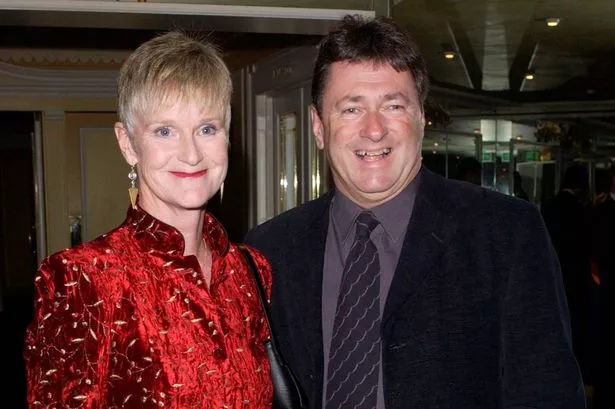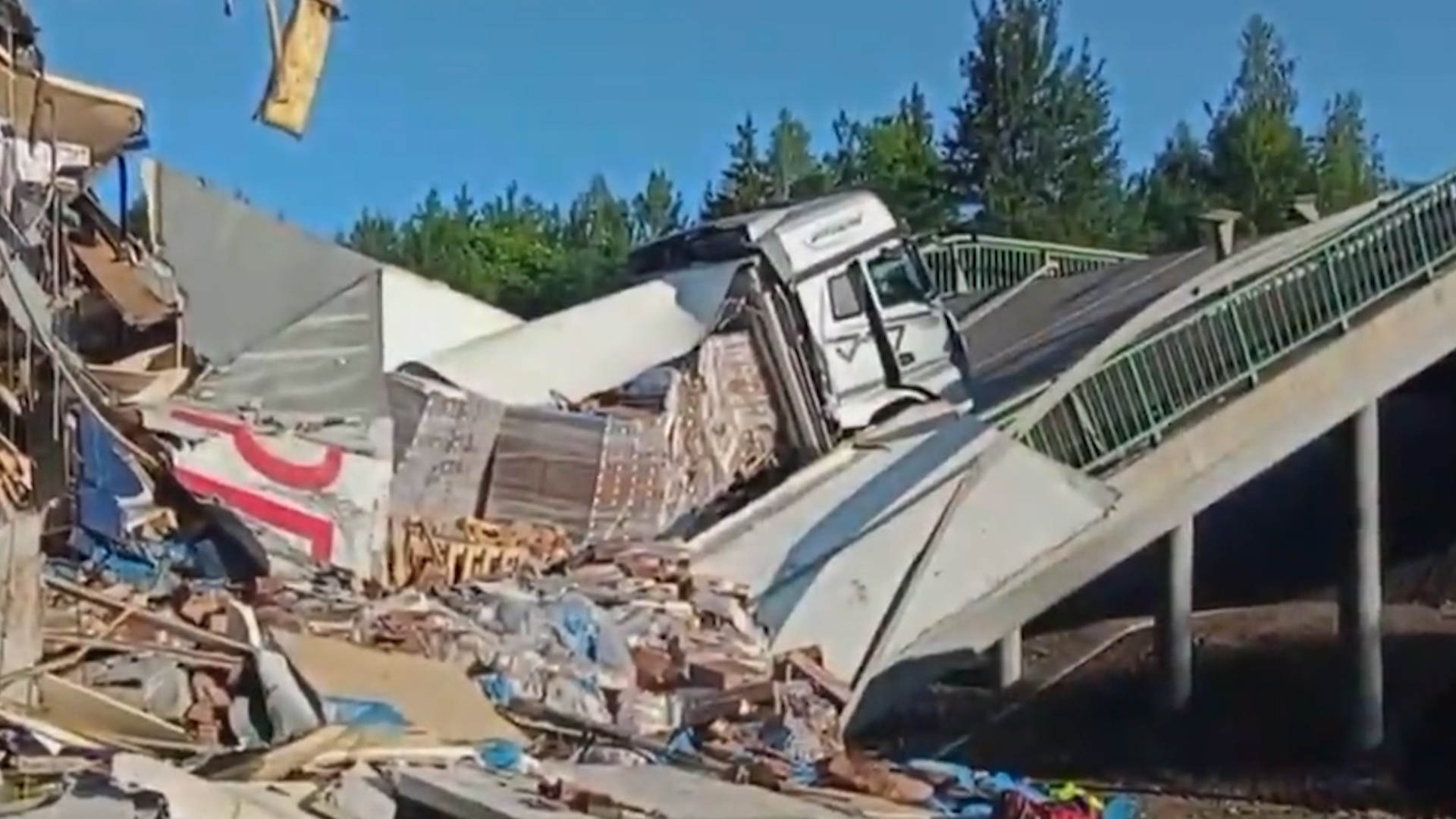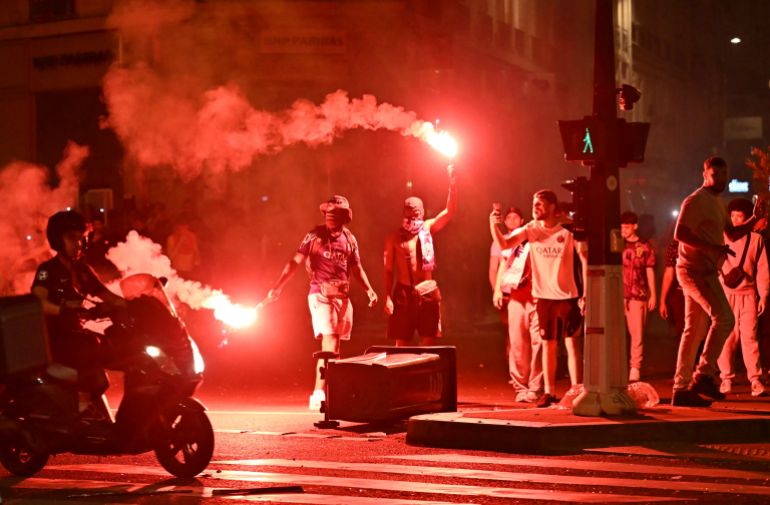More than 200 others have been injured as a result of Israel’s killing of at least 32 Palestinians waiting to receive food at two Gaza aid distribution centers.
At least 31 people were killed when Israeli tanks opened fire on thousands of civilians gathering at a distribution center in southern Gaza’s Rafah on Sunday morning, according to Gaza’s Government Media Office.
According to the office’s statement on Telegram, another person was killed shortly after a shooting at a comparable distribution point south of the Netzarim Corridor in Gaza City.
The controversial organization Gaza Humanitarian Foundation (GHF), which has completed its chaotic first week of operations in the enclave, is providing the aid.
The GHF has been denied by the UN and other aid organizations, accusing them of being neutral and suggesting that the organization has been formed to aid Israel in achieving its stated military goal of capturing all of Gaza.
Killed for requesting just one meal for a child.
Witnessing the aid seekers’ attack in Rafah, Ibrahim Abu Saoud, claimed Israeli forces opened fire on them as they approached the distribution point.
The military was about 300 meters (328 yards), according to Abu Saoud, 40. He claimed to have witnessed numerous gunshot victims, including a young man who passed away on the scene.
He claimed, “We couldn’t help him.”
Palestinians are being killed while attempting to get “one meal for their children,” according to Al Jazeera’s Hind Khoudary, who was based in Deir el-Balah, central Gaza.
Palestinians have been going to these distribution points because they are aware of their controversy, which is why. The US and Israel support these distribution points, but they have no other choice, she said.
The food parcels that were given to Palestinians are hardly sufficient. It is not nutrient-dense and requires one kilo of flour, two bags of pasta, and two cans of fava beans. Today, it is not enough for a family in Gaza.
Israeli soldiers “warned shots” as Palestinians gathered for food, according to the GHF. The organization called the reports of dozens of deaths “false reporting about deaths, mass injuries, and chaos” and denies they were true.
The Israeli army stated in a statement on the Telegram messaging app that the incident was still being investigated and that it was “currently unaware of injuries caused by]Israeli fire within the humanitarian aid distribution site.”
The Gaza-based government media office criticized the attacks, calling the GHF distribution points “mass death traps, not humanitarian relief points.”
We firmly affirm to the world that what is happening is a deliberate and malicious use of aid to blackmail and forcefully gather starving people in remote locations where the US government operates, managed and monitored by the occupation army, and funded and politically covered by the US administration, in a statement.
Bassam Zaqout of the Palestinian Medical Relief Society claimed that only four of the previous 400 distribution points had been replaced by the current aid distribution system in Gaza City.
He told Al Jazeera, “I believe this aid distribution mechanism has various unintended purposes.” The mechanism fails to meet the needs of people, including those who are elderly and those who have disabilities.
The Israeli shootings were a “blatant confirmation of premeditated intent,” according to the Palestinian-run Hamas-controlled government, which held Israel and the US entirely responsible for the killings.
The killings were deemed a “full-fledged war crime,” according to the Popular Front for the Liberation of Palestine (PFLP) and called for international action to “stop this ongoing massacre and impose strict accountability mechanisms.”
The project’s operations had a deadly first week with the killings of Sunday, which came after two earlier shootings at two distribution points in the south, with the first one in Rafah, which saw a total of nine Palestinians killed.
Important aid has only begun to flow into Gaza now that Israel has partially lifted a more than two-month total blockade that brought more than two million of its starving residents to the brink of famine.

















